Mangosteen
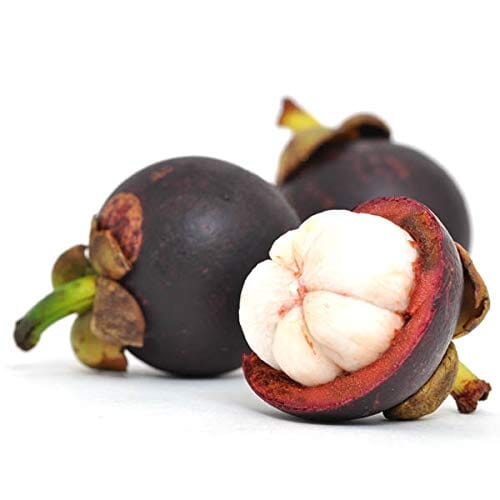
Often hailed as the “Queen of Fruits,” mangosteen doesn’t just wear the crown for its flavor — it also boasts a truly royal appearance. With its deep purple rind and perfectly segmented white flesh inside, the mangosteen is as elegant as it is exotic. Its taste is a harmonious mix of sweet, tangy, and floral — something like a blend of peach, pineapple, and lychee, but smoother and more refined. No wonder it’s won the hearts (and taste buds) of fruit lovers around the world.
But what if we told you mangosteen has some surprising doppelgängers? Fruits that, at a glance, share its jewel-toned skin, its creamy segments, or even just its overall shape and tropical mystique. While none truly match the Queen’s signature taste, these 10 fruits come close in looks — and some even rival her in flavor. Whether you’re hunting for mangosteen in disguise or simply intrigued by its global cousins, these visual lookalikes are worth exploring.
1. Luc’s Garcinia
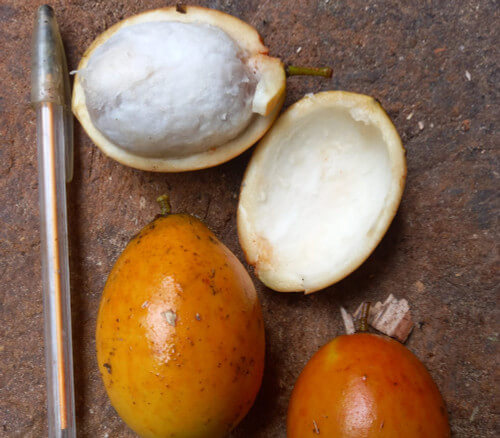
Luc’s Garcinia is a rare tropical fruit from the Amazon rainforest, related to mangosteen in the Garcinia family. It has oval, yellowish exterior and segmented white pulp inside, closely echoing the look of a mangosteen. The flavor is tangy and citrusy, with a slight sweetness that makes it a lesser-known but worthy cousin of the Queen of Fruits.
2. Achachairú (Achacha, Garcinia humilis)
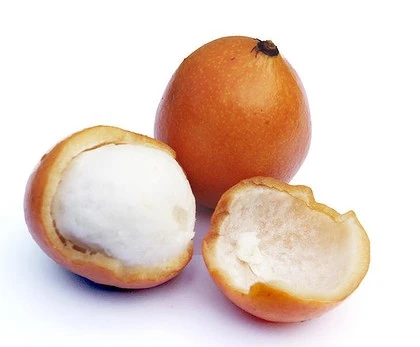
Native to Bolivia and gaining popularity in Australia, the achacha is a small, orange-skinned fruit with creamy white, segmented flesh inside — visually and botanically similar to mangosteen. The flavor is a balanced mix of sweet and tangy, with a tropical brightness and low acidity that makes it refreshing and addictive.
3. Santol
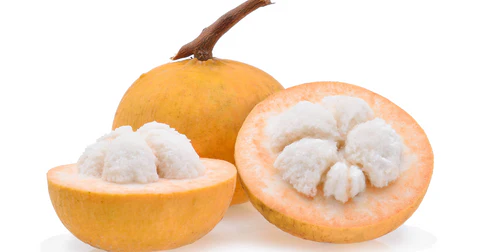
Santol fruits can range from yellow to reddish-brown on the outside, with a thick rind and soft, cottony white pulp inside. While its outer appearance is rougher than mangosteen’s smooth shell, the segmented interior is quite similar. The taste varies from sweet to sour, often eaten with salt or spices in Southeast Asia.
4. African Mangosteen (Imbe)

A wild Garcinia species from Africa, Imbe is smaller than the common mangosteen but shares its round shape, bold rind color (often orange or reddish), and juicy white or orange pulp. The taste is sweet and tart, and though it contains more seeds, its visual similarity to mangosteen is striking.
5. Mundu (Garcinia dulcis)
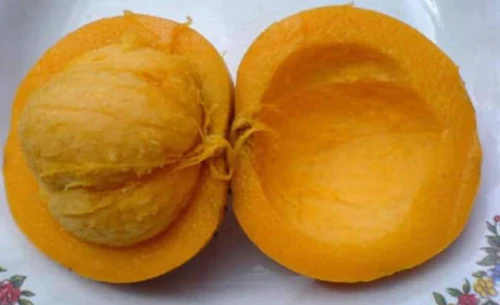
Often called “yellow mangosteen,” mundu bears yellow-orange fruit with white, segmented flesh — making it a close visual match. The flavor is more subacid and mild than sweet, but its botanical lineage and physical resemblance are unmistakable.
6. Bacuri Fruit
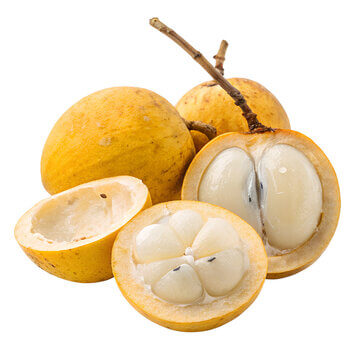
Native to the Amazon, bacuri has a thick yellow-brown rind and segmented white pulp inside, much like mangosteen. It’s larger and more irregular in shape, but when opened, the soft, aromatic flesh bears a notable similarity. The flavor is tangy-sweet and often used in desserts, juices, and jams.
7. Kandis Fruit
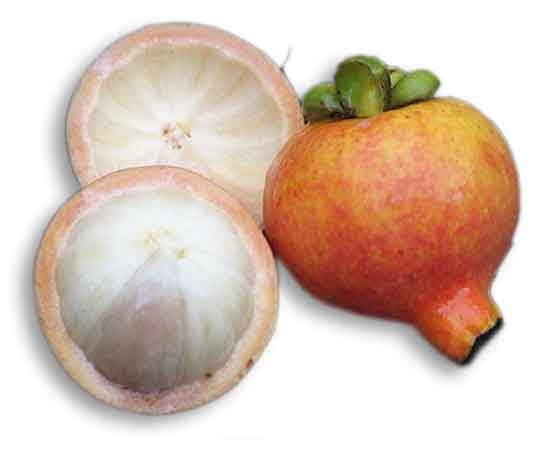
Kandis (another Garcinia species) is lesser known but has a round form, vibrant rind, and white to yellowish segmented interior similar to mangosteen. Its taste leans sour, often used as a souring agent in Southeast Asian cooking rather than eaten fresh, but its structure reflects its botanical connection.
8. Madroño (Rheedia magnifolia) and other Rheedia species
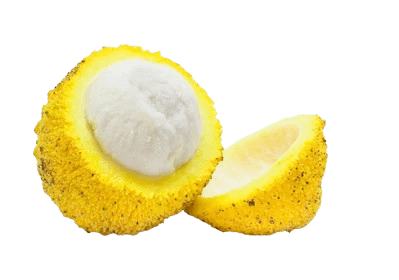
These Central and South American relatives of mangosteen have reddish-purple rinds and segmented white pulp, echoing mangosteen in both appearance and taste. Though not as well-known, the madroño offers a similarly tropical, mildly sweet flavor and is valued for its refreshing pulp.
9. Mamoncillo (Spanish Lime, Melicoccus bijugatus)
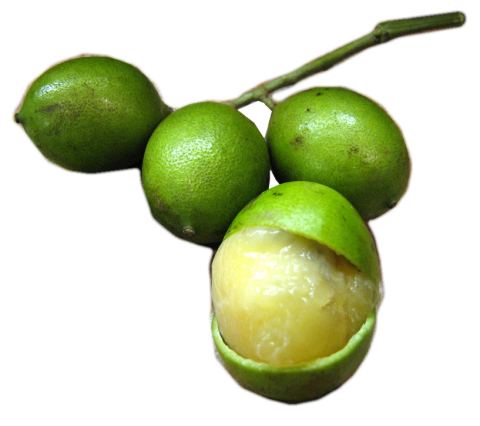
Though botanically unrelated, mamoncillo mimics the mangosteen experience with its round green shell and juicy, segmented pulp inside. The flesh clings to a large seed and ranges in flavor from tart to sweet — much like mangosteen and lychee — making it a fun, hands-on tropical treat.
10. Langsat (Lansium domesticum)
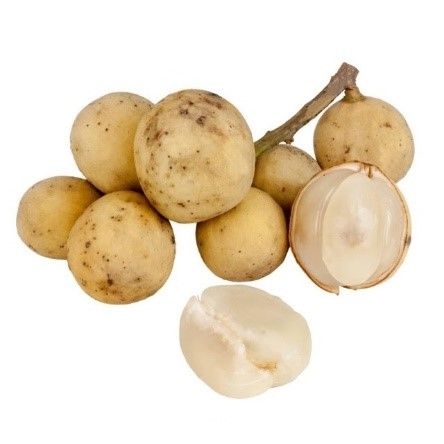
This Southeast Asian fruit has a pale yellow skin and segmented, translucent-white flesh that looks and tastes similar to mangosteen. The flavor is sweet with a slight tang, and the fruit is eaten in much the same way — peeled and savored segment by segment. Some even prefer its lighter, brighter taste over mangosteen.
